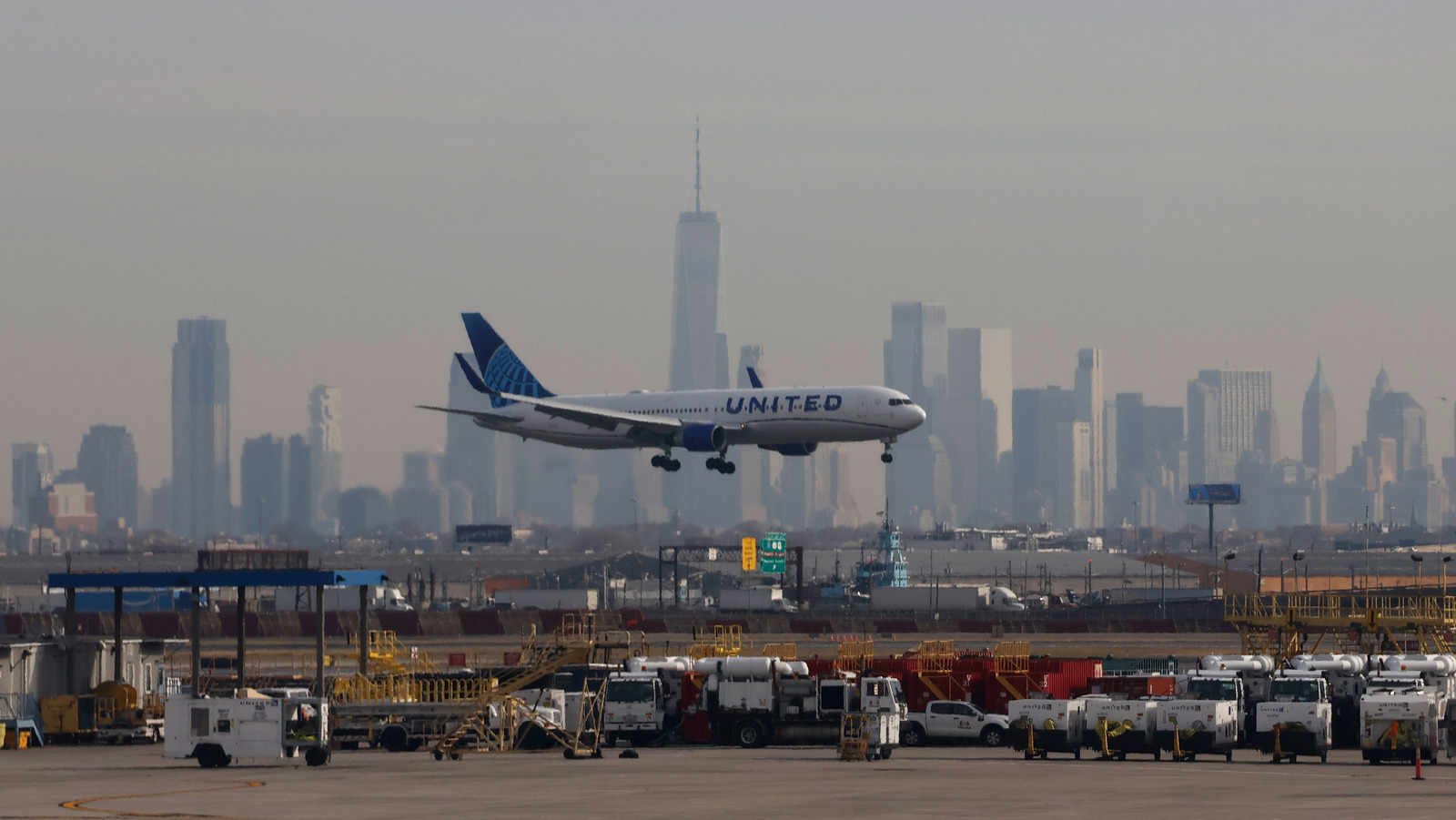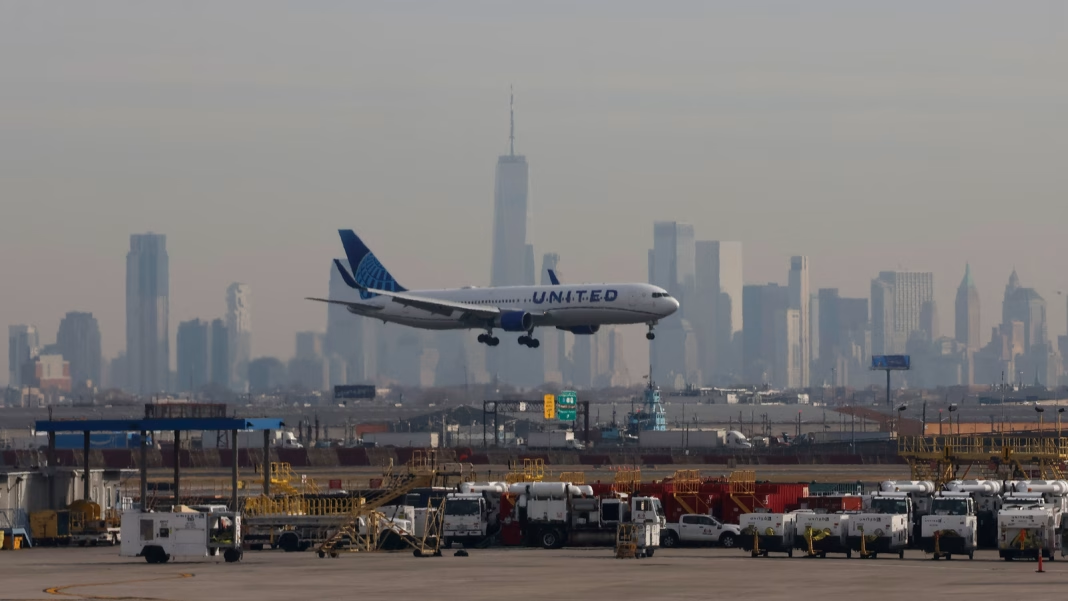When air traffic control systems fail at major international airports, the consequences can be severe. Imagine the chaos: planes grounded, passengers stranded, and a ripple effect that can disrupt flights worldwide. The stakes are incredibly high, and the implications of such failures extend far beyond just a few delayed flights.
Understanding the Risks of Air Traffic Control Failures
Air traffic control (ATC) is the backbone of aviation safety. It ensures that aircraft are safely guided during takeoff, landing, and while in the air. When ATC systems go offline, the immediate risk is clear: without guidance, aircraft can’t safely navigate the skies. This isn’t just about inconvenience; it’s a matter of safety. A single failure can lead to potential mid-air collisions, runway incursions, and other hazardous situations.
The technology that supports ATC has evolved significantly, but some systems still rely on outdated infrastructure. For instance, reports have surfaced about airports using technology from the 1980s, which raises serious concerns about reliability and resilience. When these systems fail, the impact can be catastrophic—not just for the airport in question, but for the entire aviation network.
What Happens When ATC Goes Down?
When air traffic control systems experience a failure, the immediate response is crucial. Airports typically have contingency plans in place, but the effectiveness of these plans can vary. For example, during a system outage, air traffic controllers may revert to manual procedures, which can slow down operations significantly. This can lead to a backlog of flights waiting to take off or land, creating a domino effect that can last for hours or even days.
Take Newark Liberty International Airport, for instance. A recent incident highlighted how quickly things can spiral out of control when ATC systems fail. Flights were delayed, and passengers found themselves stuck in limbo, unsure of when they would be able to travel. Such situations not only frustrate travelers but can also lead to economic losses for airlines and airports alike.
The Broader Impact on Airlines and Passengers
The ramifications of ATC failures extend beyond immediate delays. Airlines face increased operational costs due to rerouted flights, additional fuel consumption, and the need for extra staff to manage the chaos. For passengers, the experience can be maddening. Long waits, missed connections, and the uncertainty of when they might reach their destination can turn a simple travel day into a nightmare.
Moreover, the psychological toll on passengers should not be overlooked. Travel is already stressful, and when systems fail, it can lead to heightened anxiety and frustration. Airlines and airports must not only manage the logistical challenges but also address the emotional needs of their customers during such crises.
Investing in Modern Solutions
To mitigate the risks associated with ATC failures, there’s a growing call for investment in modern technology. Upgrading outdated systems and incorporating more robust, resilient technologies can enhance safety and efficiency. For example, implementing satellite-based navigation systems can provide more reliable tracking of aircraft, reducing the reliance on ground-based systems that are vulnerable to failure.
Additionally, training for air traffic controllers should evolve alongside technology. As systems become more advanced, so too should the skills of those operating them. Continuous education and simulation training can prepare controllers for unexpected failures, ensuring they can respond effectively when the unexpected occurs.
The Path Forward
The big takeaway? Air traffic control isn’t just about managing flights; it’s about ensuring safety and efficiency in an increasingly complex aviation landscape. While technology can help, it’s the human element that often makes the difference. By investing in both advanced systems and the people who operate them, we can create a safer, more reliable air travel experience.
So, what can you do? If you’re a frequent traveler, stay informed about the airports and airlines you use. Understanding their technology and safety measures can help you make more informed choices. And remember, the next time you find yourself in a delay, it’s not just about waiting—it’s about the intricate web of safety that keeps us all flying.


